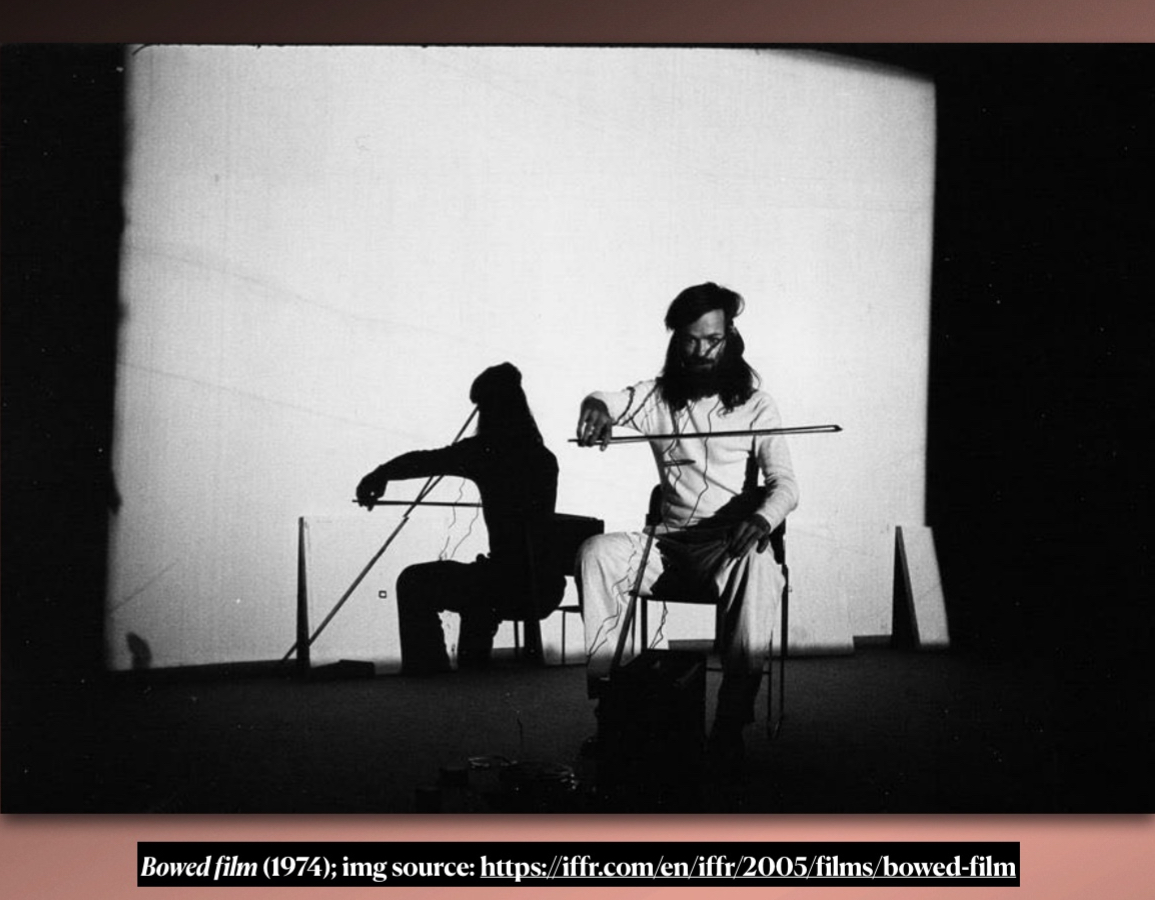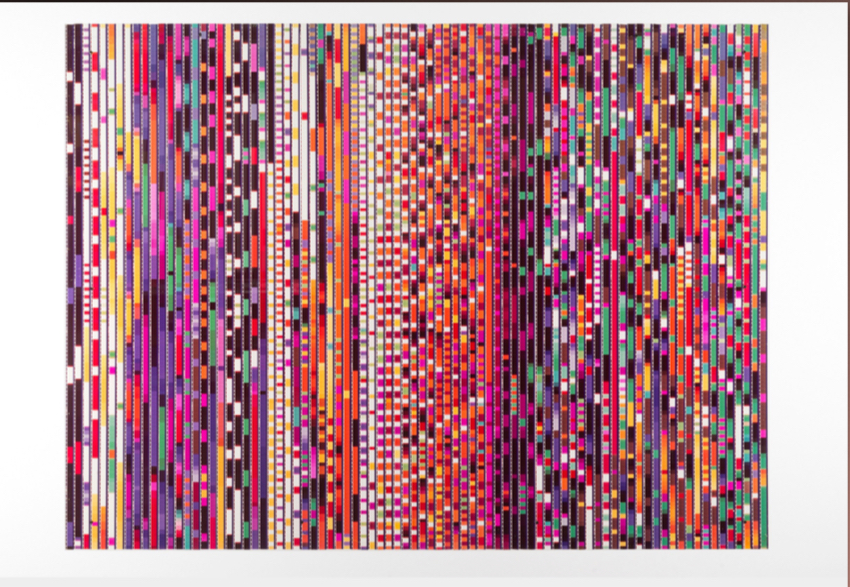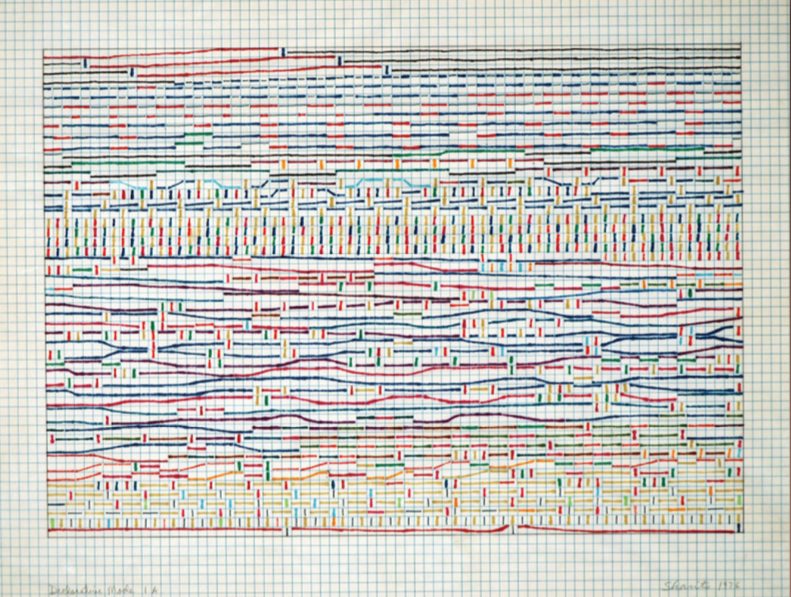SM1701 - Lecture 4A part2 Consciouness, Ideology and Illusion, and Cinema as object performance and concept
1/22
There's no tags or description
Looks like no tags are added yet.
Name | Mastery | Learn | Test | Matching | Spaced |
|---|
No study sessions yet.
23 Terms
Who is Pierre Teilhard de Chardin (1881 - 1955)?
Jesuit Priest of artistocratic origin
Many works unpublished until his death
Thinking was so weird and non-Christian that his Catholic institution prohibited him from publishing it during his lifetime
Came up with Noosphere
Was apart of archeological dig in China that found the Peking Man
His Catholic Institution banished him to China
Wrote “The Phenomeon of man”
Thought of collective consciousness
What is the Noosphere?
conceptually related to the biosphere
Idea was Earth was a barren land and the surface was dramatically transformed by living organisms
Noosphere is the next stage of the process after the biosphere
Earth not transformed by organism but by consciousness
A planter layer of thinking substance that envelops the Earth like one thinking mind
Inspired Evangelion’s Third Impact
What is example of Noosphere?
AI Chatbots are a collective mind.
How did they see Noosphere relation to evolution?
1. Evolution progress from
Rocks => Plants => Organisms => Consciousness
2. Consciousness grow into more novel and complex architecture of the mind
3. Break away from material form, form a web of consciousness

Unisphere
a large sculpture for 1964 New York World Fair
Theme of that year “Peace Through Understanding”
Made during height of Cold War and Cuban Missile Crisis
Placed trust for an everlasting peaceful future in technological development
Message of 1964 New York World Fair
Everyone chill out, just be friends
IBM Pavillion
about computer
How computer operates like a human mind
Why was the Unisphere made?
During 1950s-1960s, it was a time of breaking down cultural and social barriers and countercultural movements
As well as anxiety about Nuclear Fallout
Boundaries of artistic medium breaking down is related to yearning for global unity
Cinema as performance =>
Strong performative aspect
Cinema as concept =>
Relationship to conceptual art
Cinema as object =>
Structural approach to the film
Who is Tony Conrad (1940 - 2016)
American artist
Work shown in a lot of museums
Legacy commemorated internationally
Contributor of minimal and structured films
“Flickering Films”, alternating black and white frames
Music performer, multi-disciplinary artist and professor
Tony Conrad history
studied mathematics at Harvard
Moved to New York and immersed himself in avant garde circles
Collaborated with film-makers like Jack Smith
Joined Theatre of Eternal Music alongside La Monte Yong
During the Mid-70s Conrad…
relocated to Buffalo, New York
Joined the University of Buffalo Department of Music Studies became professor
Founded many experimental and community art organisations alongside Paul Shari’s and Hollis Frampton

“Bowed Film”
music performance by Conrad
16 minute film strip looping around his forehead amplified by clip mics anchored to the floor
Played the violin bow turning film strip into musical instrument
Personal cinema viewed only by him
Performance of watching a guy watching a film
“Pickled 3M150 (1974)” & “Deep Fried 4-X Negative (1973)“
“Cinematic object” Conrad made between 1972 - 1975
12 jars of pickled film strips preserved and destroyed by pickle juice
Film roll that got deep fried, its too brittle to be removed from tin can
Showed as sculpture
Anti-film, you cannot see what is in captured image
If you put them in a projector you may see abstract and generated patterns
“ Yellow Movies (1972-1973)”
Black painted square on paper
Inside black square is painted with substance that will yellow over time
He was thinking of long temporal scale
See yellowing process as a movie
He thinks in our homes we use house paint
Places that get blocked by sunlight get impression of furniture
Yellowing happens at different speeds
Yellowing process is like a photographic imprint
How is “Yellow Movies” related to McCall’s exploration of sufficient condition of cinema….
Cinema surfaces and Imprints over time
One Second Loop = Infinity : A white line in black (2007) by Takahito Iimura
Display of film as cinema as an object
24 frames of unexposed film in 3×3 cube with a razor thin clean line running through middle of the strip
Clear conceptual play of a loop within a loop
He is interested in showing film objects in well-lit gallery spaces
Open display of the film system
Contrasting darkness of the theatre
Who is Paul Sharitis (1943 - 1993)?
Filmmaker, Painter and Visual Desinger
Abstract films made of frames of color known as flicker films
Interested in the form, disregard narratives
Deep exploration into perception
As a result, patterns of light
Different and rhythmic arrangement
Combined with patterns of light combined with sound
Focus on “immateriality” of the film and viewer’s perception

“Frozen Frames” - Paul Sharitis
display of entirety of his flicker films
Full view of film’s structure
Placed on clear sheets of arcyllic

“Score for Declarative Mode IA (1976 - 1977)” - Paul Sharitis
scores on grid paper
Scores from his film in exhibition
“Sound Strip/Film Strip (1972)” - Paul Sharitis
commission for the opening of contemporary art museum in Houston, TX
Purple color film with different color variation exposed for different duration
Causing variations in purple color
2 Lines: Real Man and Illusionist Man
Project it, produce a line 2x removed from real line
Incomprehensible sound strip that produce the line “Miscellaneous”